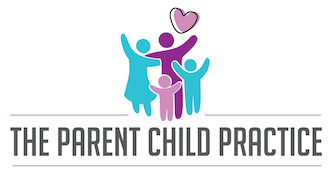In Part One of Ignoring the Green Monster I shared information about catching your child "being good" and specifically praising what you saw. This week I will continue this thread of discussion by specifically focusing on the idea of selective ignoring. I will offer tips that will answer the question, "Just how do you ignore that green monster?"
Selective ignoring requires the caregiver to turn away from the child and to not look or speak to him/her. It is extremely important that the caregiver not offer any attention, positive or negative, which will increase the child's attention seeking behaviors.
Selective ignoring involves:
Turning away from the child
Avoiding arguing with the child about why they need to comply
Not lecturing the child about why they need to stop, but instead walking away from them until they stop
Setting a limit and then enforcing it, without answering multiple questions about why s/he can't have what they want
Being okay with escalating behavior (attention seeking) and NOT giving into them
It is important that you look for the first instance of positive, prosocial behavior that the child displays after the ignoring starts and then responding to that with positive selective attention. The "attention-seeking monster" is like The Green Hulk. When you first ignore the behavior, it becomes "big, nasty and green." When you initially begin selective ignoring, it will often increase the inappropriate behavior (extinction burst). So only ignore if you can continue to ignore it when it gets worse. Giving in (i.e., paying attention to the negative behavior) only rewards the negative behavior and it "feeds the monster" so that it will be bigger the next time you choose to ignore it. By giving in to the negative behavior you have taught the child that they just have to persist and escalate to get what they want. I often tell parents two statements: 1) If you are not ready to finish the battle then do not engage in the war and 2) You need to be firm like a brick and not limp like a noodle. Selective ignoring, if implemented consistently and correctly with selective attention, can be very effective for extinguishing minor misbehaviors in most children.
CHALLENGE: Identify why you give in to your child's minor misbehaviors. How do you "feed their inner monster?" Make a plan for how you can start selective ignoring for one or two common minor misbehaviors that your child displays. Prepare to start it once you are positive that you can be "firm like a brick." What can you do to make sure you do not give in? How can you distract yourself?
Related articles
Tips for disciplining children in public (reporternews.com)



